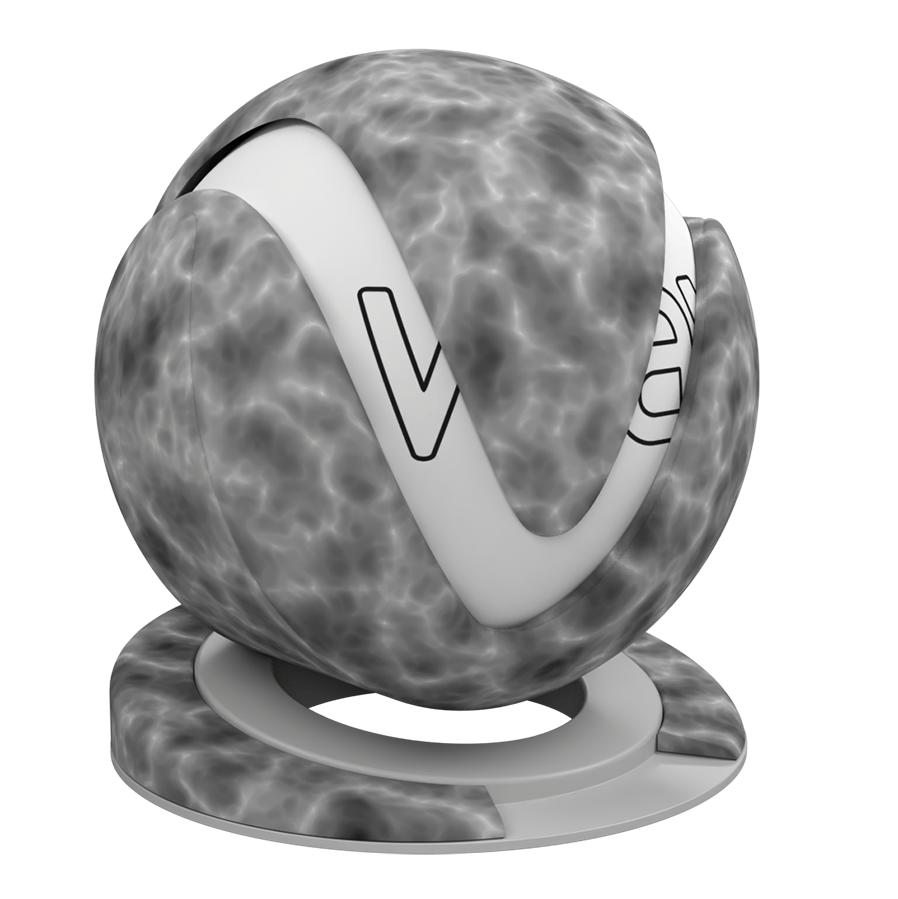This page provides information on the V-Ray Smoke Texture.
Overview
The Smoke texture map can be used to generate a procedural texture that gives a smoke like effect. It uses two colors that can have texture maps assigned to them.
Any texture can be replaced via the Replace With New Texture () button, which activates when you select the texture to be replaced. If the texture is an instance, all copies are changed as well.
Parameters
Color A – Controls the first color of the Smoke procedural texture. When a texture is selected, it overrides the color as long as the texture checkbox is enabled.
Color B – Controls the second color of the Smoke procedural texture. When a texture is selected, it overrides the color as long as the texture checkbox is enabled.
Size – Controls the scale of the procedural texture.
Iterations – Controls how many times the procedural repeats the process.
Exponent – Controls the contrast of the smoke texture.
Phase – Shifts the turbulence within the smoke pattern.
Color Manipulation
Invert Texture – Inverts the RGB texture values.
Alpha from Intensity – Uses the texture RGB intensity/ luminance as alpha channel.
Color Gain – Corrects the color of the texture by multiplying the the RGB color values in the texture with the RGB color values specified here. When a texture is selected, it overrides the color as long as the texture checkbox is enabled.
Color Offset – Corrects the color of the texture by adding the RGB color values specified here to the RGB color values in the texture. When a texture is selected, it overrides the color as long as the texture checkbox is enabled.
Default Color – Specifies a default color used for polygons with no valid UVs. In case the map is not tiled, specifies a default color that is used outside the texture square. When a texture is selected, it overrides the color as long as the texture checkbox is enabled.
Multipliers
Mode – Specifies the multiplication mode of the colors.
Multiply – Multiplies the RGB numbers for each pixel of the top layer with the RGB number of the corresponding pixel from the bottom layer. The result is a darker picture. The color used for blending is black.
Blend Amount– Takes each pixel from the top layer if present. Otherwise the bottom layer is used. The color used for blending is the one specified in the color slot.
Color A – Blends between a color and a texture, if specified.
Color B – Blends between a color and a texture, if specified.
The page VNFR:Cellular was not found -- Please check/update the page name used in the MultiExcerpt-Include macro
Notes
The billowing effect produced by the Smoke texture has a great many uses. One example would be to combine with Bercon Noise to produce highly detailed procedural terrains by using the resulting combined map as a displacement map.


